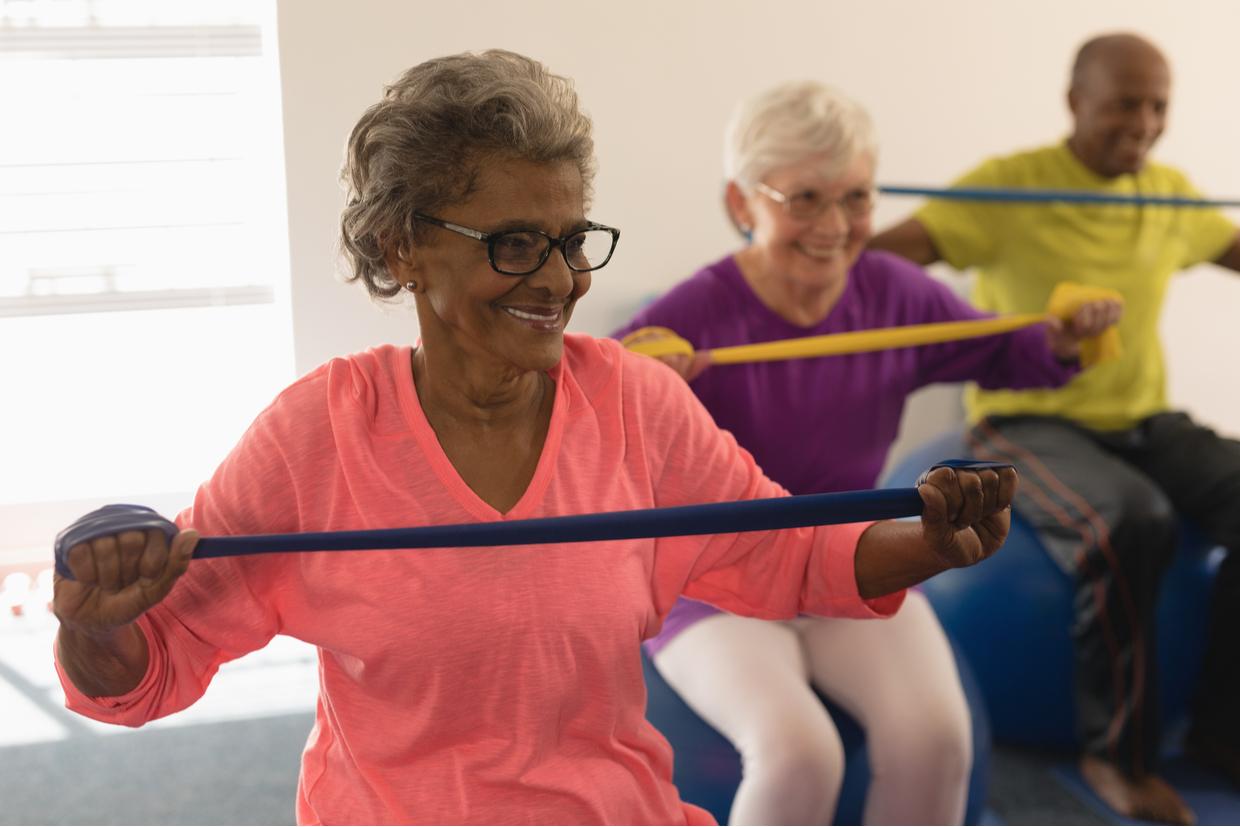The pursuit of fitness is a journey that many embark upon, but often, the constraints of time can be a significant barrier. With increasingly busy schedules, finding an hour or two to visit the gym can be daunting. However, what if you could achieve a significant improvement in your physical fitness in just 10 minutes a day? The concept of home exercises that can be completed in a short, manageable timeframe is not only appealing but also highly effective when done correctly.
Introduction to High-Intensity Interval Training (HIIT)
At the core of many effective short-duration exercise routines is High-Intensity Interval Training (HIIT). HIIT involves short bursts of high-intensity exercise followed by brief periods of rest. This method of training has been shown to improve cardiovascular health, increase speed and endurance, and boost metabolism more efficiently than traditional steady-state cardio exercises. For those looking to get fit in 10 minutes, incorporating HIIT into their routine can be a powerful strategy.
A 10-Minute Workout Example
Here’s an example of a 10-minute HIIT workout that you can do at home:
- Warm-Up (1 Minute): Jumping jacks are a great way to get your heart rate up and warm your muscles.
- Burpees (30 Seconds): A full-body exercise that involves a squat, push-up, and jump. This exercise works your arms, legs, and core.
- Rest (30 Seconds): Take a short break to catch your breath.
- Mountain Climbers (30 Seconds): This exercise targets your core and can be done at a high intensity.
- Rest (30 Seconds): Brief rest period.
- Squats (30 Seconds): Works your legs and glutes.
- Rest (30 Seconds): Quick breather.
- Plank Hold (30 Seconds): Strengthens your core.
- Rest (30 Seconds): Final rest period.
- Jumping Lunges (30 Seconds): Targets your legs and can be done at high intensity.
- Cool Down (1 Minute): Static stretches for your major muscle groups.
The Importance of Consistency
While a 10-minute workout might seem minimal, the key to seeing results is consistency. Performing these exercises daily, with at least one or two rest days per week, can lead to significant improvements in fitness over time. Additionally, combining this routine with a balanced diet can further enhance outcomes, such as weight loss or muscle gain, depending on your goals.
Tracking Progress
To stay motivated and understand the effectiveness of your workout routine, it’s essential to track your progress. This can be done through various means, such as:
- Workout Log: Writing down each workout, including the exercises done, the intensity, and how you felt, can provide valuable insights into your progress over time.
- Fitness Apps: Utilizing apps that track your workouts, heart rate, and other health metrics can offer a comprehensive view of your fitness journey.
- Body Measurements: Regularly taking body measurements and tracking weight changes can be tangible indicators of your progress.
Addressing Common Misconceptions
One of the most significant misconceptions about short workouts is that they are not as effective as longer sessions. However, numerous studies have shown that HIIT and other forms of short-duration, high-intensity exercise can be just as beneficial, if not more so, than traditional longer workouts. Another misconception is that you need to be fit to start a HIIT regimen, which is not true. HIIT workouts can be modified to suit different fitness levels, making them accessible to virtually anyone.
Future Trends in Fitness
As technology continues to advance, the future of home workouts looks promising. Virtual fitness classes, AI-powered personal training apps, and smart home gym equipment are redefining how we approach fitness. These innovations not only make working out more convenient but also provide personalized feedback and guidance, potentially leading to better outcomes.
Step-by-Step Guide to Starting Your Fitness Journey
- Set Your Goals: Define what you want to achieve through your workouts, whether it’s weight loss, muscle gain, or improved endurance.
- Choose Your Workout: Select a routine that suits your fitness level and goals. For beginners, starting with simpler exercises and gradually increasing intensity is advisable.
- Schedule It: Treat your workouts as non-negotiable appointments and schedule them in your daily planner.
- Track Progress: Use a combination of workout logs, fitness apps, and body measurements to monitor your progress.
- Stay Hydrated and Eat Well: Adequate hydration and a balanced diet are crucial for seeing the results of your workouts and maintaining overall health.
Conclusion
Getting fit in 10 minutes a day is not only possible but also a highly effective way to improve your physical fitness and overall health. By incorporating HIIT workouts into your daily routine, tracking your progress, and maintaining a healthy lifestyle, you can achieve significant improvements in a short amount of time. Remember, consistency is key, and making these workouts a habit can lead to a stronger, healthier you.
How often should I do HIIT workouts?
+It’s recommended to do HIIT workouts 3-4 times a week, allowing for at least one day of rest in between to help your muscles recover.
Do I need any equipment for a 10-minute HIIT workout at home?
+No, most HIIT workouts can be done with bodyweight exercises, meaning you don’t need any special equipment to get started.
Can I modify HIIT workouts if I’m a beginner?
+Yes, HIIT workouts can be modified to suit different fitness levels. For beginners, it’s advisable to start with lower intensity and gradually increase as you become more comfortable with the exercises.
How do I stay motivated to continue with my 10-minute daily workouts?
+Tracking your progress, varying your workouts, and setting achievable goals can help keep you motivated. Additionally, finding a workout buddy or joining a fitness community can provide the support and encouragement you need to stick to your routine.
Can I do HIIT workouts if I have certain health conditions?
+It’s always recommended to consult with a healthcare professional before starting any new exercise routine, especially if you have certain health conditions. They can provide guidance on whether HIIT workouts are suitable for you and any necessary modifications.


